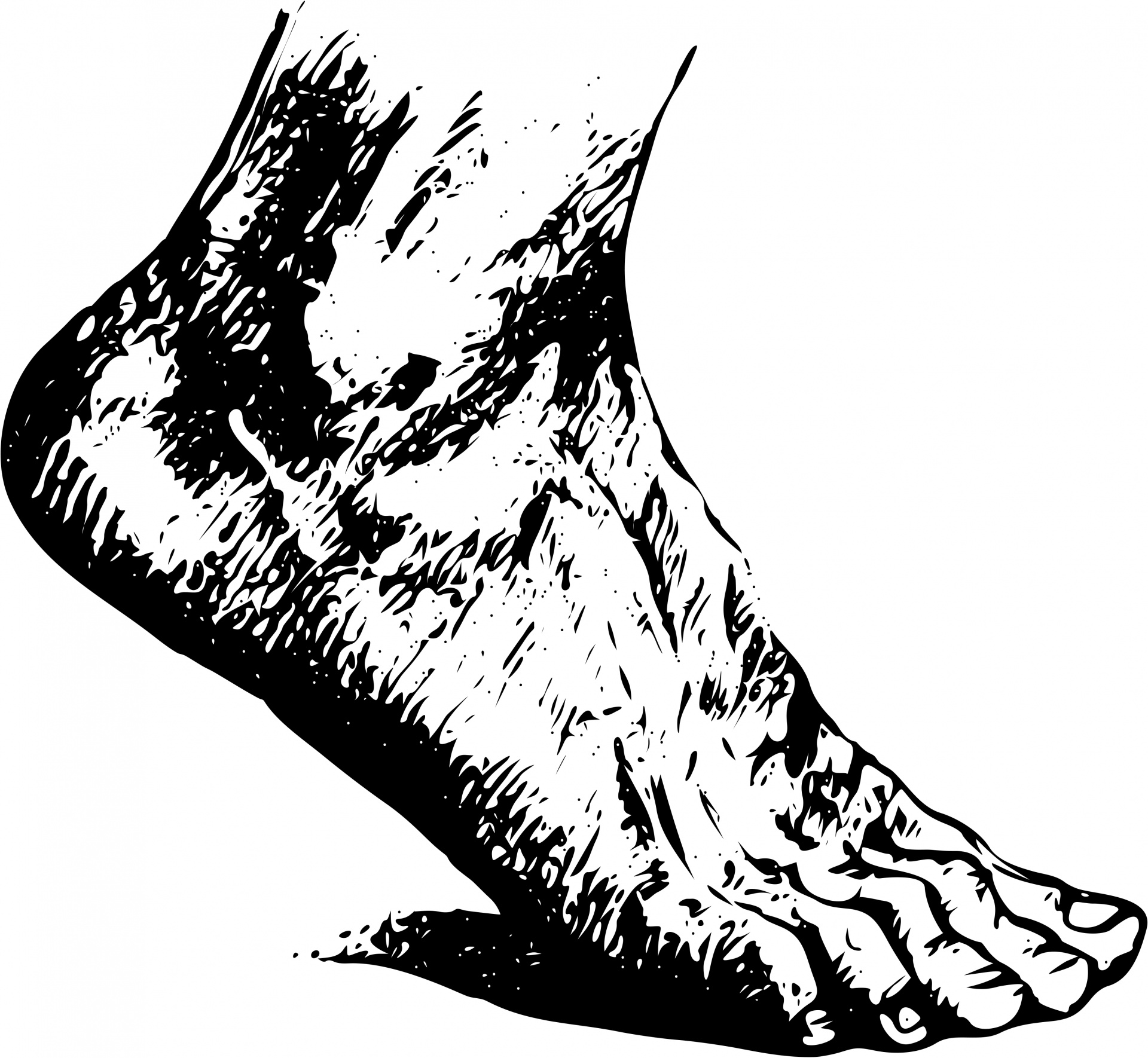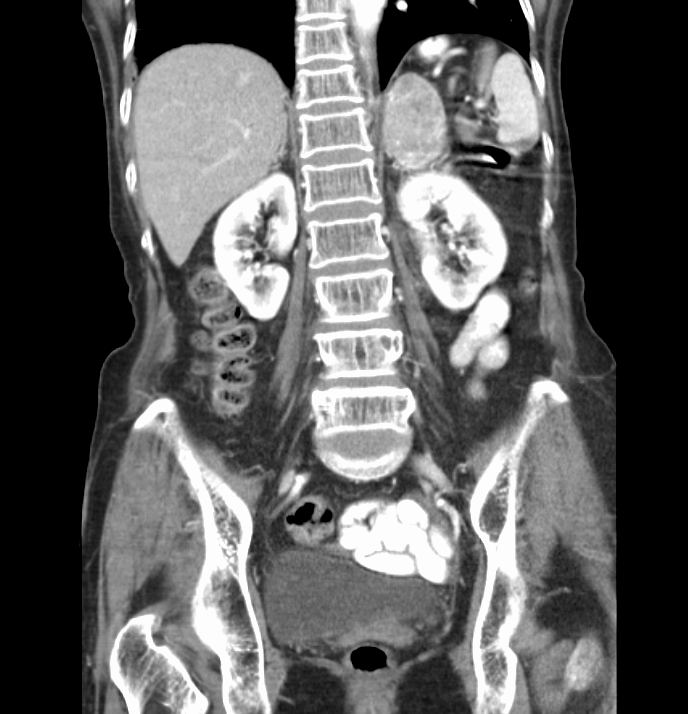A 43 year old female presents to the ED after "rolling" her ankle while gardening. She states that she was stepping down on a shovel when her ankle rolled. <She describes to you and inversion type injury.> Being a diligent, studious physician, you quickly run through the Ottawa Ankle Rules while you obtain the remainder of you history and physical. She was unable to bear weight immediately after the accident and is, likewise, unable to do so here in the ED. She has no pain with palpation over the medial malleolus but does have significant pain and tenderness with palpation of the lateral malleolus. You quickly decide that this patient will need ankle radiographs to further investigate the possibility of fracture.
But, what views should you order? And, once you get the films back, how do you interpret them. Check out the excellent video embedded below, made by Dr. Claire O'Brien, PGY-1 in the University of Cincinnati Dept. of Emergency Medicine Residency Training program, to find out!
Read More













